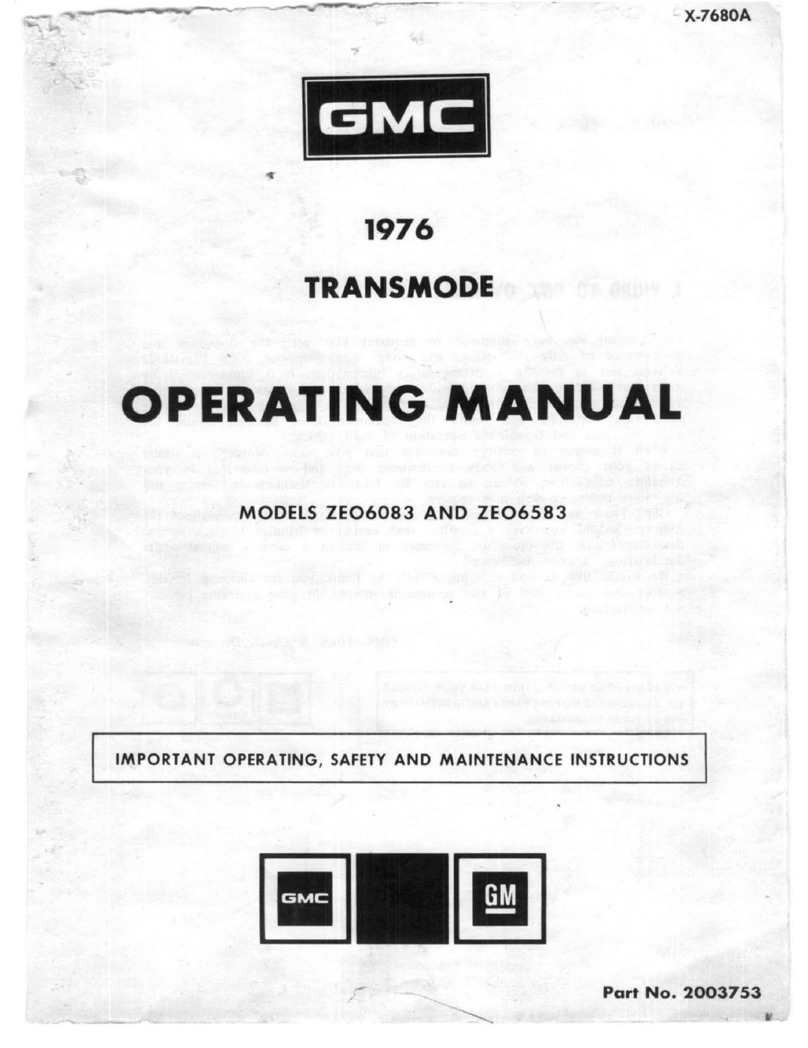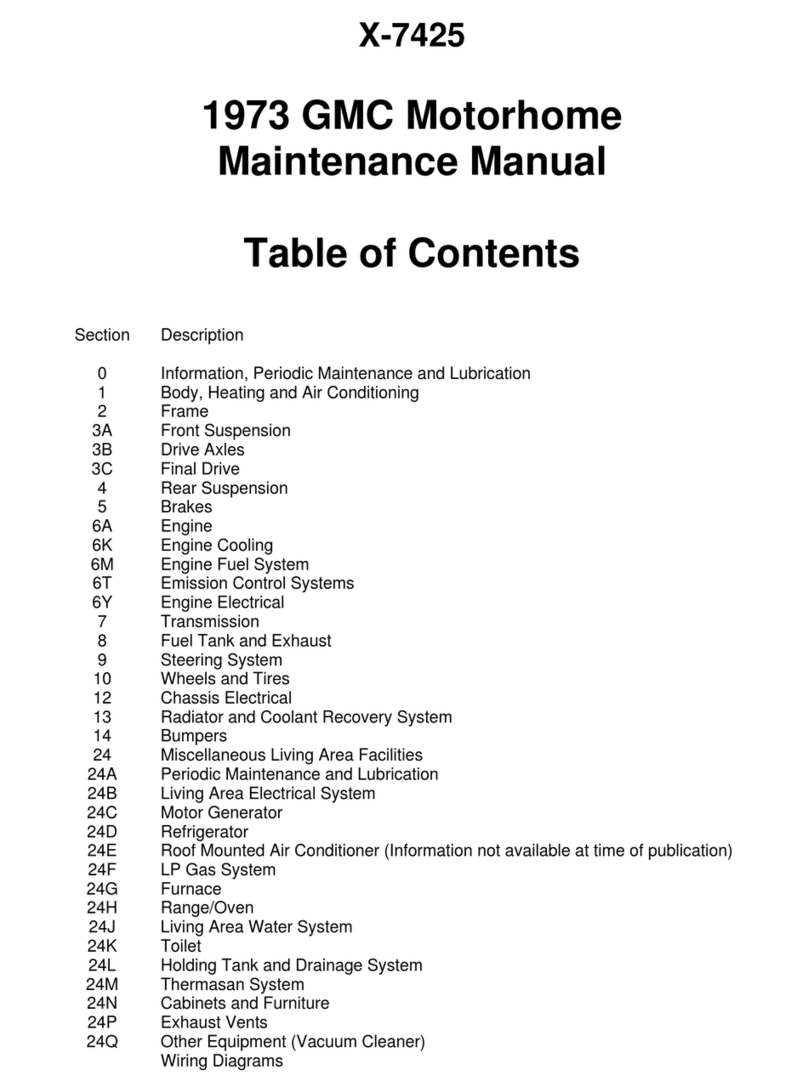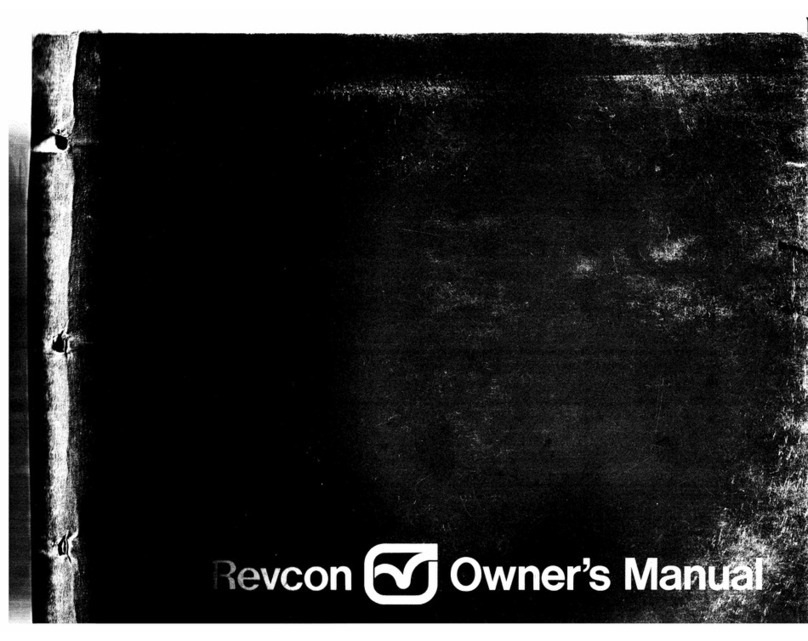Lap Belt (Front Seating Position
)
force
exerted by the
lep belt in
a
collision over the strong hip bon
e
structure rather than across the sof
t
abdominal area
. To help lessen th
e
chance of injury in the event of a
n
accident
: Never use the same bel
t
for more than one person at
a
time
; avoid wearing belts in
a
twisted condition
; do not allow belt
s
or hardware to become damaged b
y
being pinched between the sea
t
structural (metallic) members or i
n
the door
.
Inboard seating position, front dua
l
passenger seat (if so equipped)—should
b
e
positioned and secured as above, an
d
adjusted to a SNUG FIT by pulling o
n
the end of the belt extending from the ad-
justable latch plate
.
•
To lengthen the lap belts at thes
e
seating positions, place adjustable latc
h
plate at right angle to the belt webbin
g
and pull on latch plate
; belt should the
n
slide easily through the adjustmen
t
feature
.
•
To unfasten seat belts, depress pus
h
button in center of buckle
.
• When no longer in use, front outboar
d
lap belts can be stowed by allowin
g
them to rewind into their retractors
.
LAP BELT INSPECTIO
N
•
Periodically inspect belts, buckles, latc
h
plates, retractors, and anchors for damag
e
that could lessen the effectiveness of th
e
restraint system
.
•
Keep sharp edges and damaging object
s
away from belts and other parts of th
e
restraint system
.
•
Replace belts if cut, weakened, frayed
,
or subjected to collision loads
.
•
Check that the anchor mounting bolt
s
are tight
.
•
Have questionable parts replaced
.
•
Keep belts clean and dry
.
•
Clean only with mild soap solution an
d
lukewarm water
.
•
Do not bleach or dye belts since thi
s
may severely weaken them
.
CHILD RESTRAIN
T
Children in vehicles should be restraine
d
to lessen the risk of injury in accidents, o
r
sudden stops
. In using any infant or chil
d
restraint system, read and comply with al
l
installation and usage instructions
.
All unused lap belts near the chil
d
should be stowed properly to help preven
t
them from striking the child in the even
t
of an accident
. Lap belts without storag
e
provisions should have buckles latched an
d
belts adjusted to remove slack
.
If a child is traveling in a vehicle no
t
equipped with an appropriate infant o
r
child restraint system, the followin
g
precautions should be taken
:
1
. Infants unable to sit up by themselve
s
should be restrained by placing them i
n
a covered padded bassinet place
d
crossways in the vehicle (widthwise) o
n
the seat
. The bassinet should be securel
y
restrained with the regular vehicle la
p
belts
.
8









































